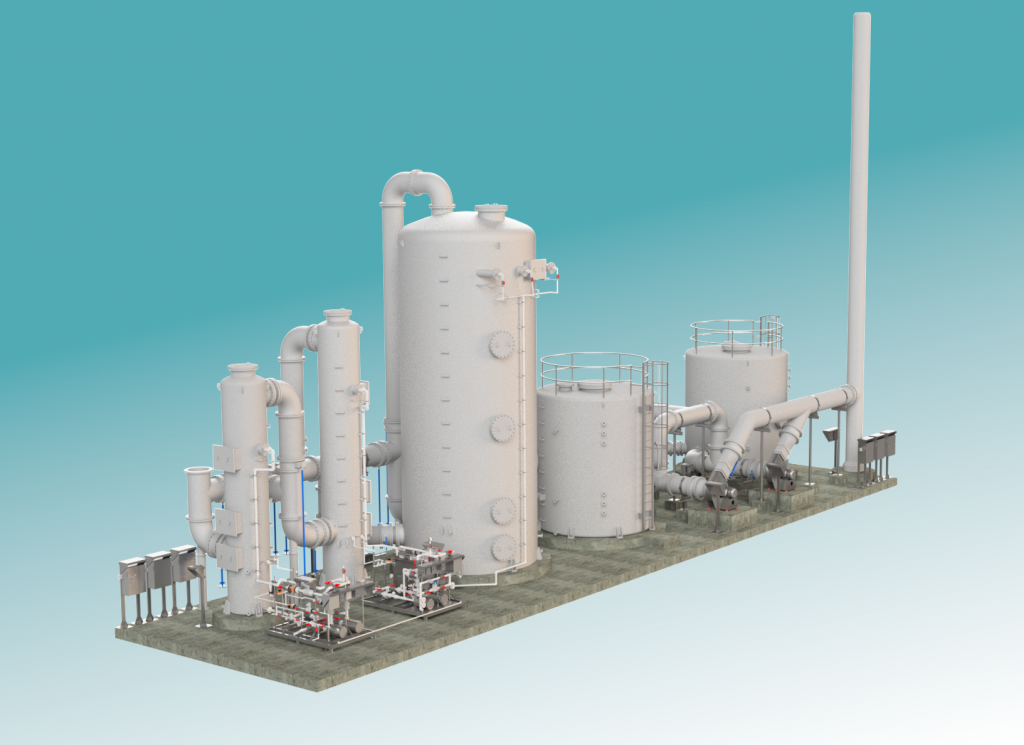DESIGN AND SUPPLY OF ODOUR ABATEMENT SYSTEM FOR the CLEAN FUEL PROJECT, THAI OIL (Sriracha Refinery)
CleanTeQ Aromatrix Pty Ltd (CLQA) continues to expand its business overseas by undertaking the construction of an Odour Abatement System (OAS) as part of Clean Fuel Project for Thai Oil, which will transform the existing oil refinery in Sriracha Thailand, into an environmental-friendly facility producing higher quality transportation fuels. CleanTeQ Aromatrix were awarded the contract for the design and supply of the OAS by the Joint Venture of Petrofac South East Asia Pte (Petrofac) Saipem S.p.A. (Saipem) & Samsung Engineering Co Ltd (Samsung), (UJV) and SUEZ Water Technologies & Solutions (Suez).
A well-functioning odour control facility is vital to maintain the condition and lifespan of every industry and will provide a safe & secure work environment. The odour mitigation facility is required for the Clean Fuel expansion project at the Sriracha Refinery to reduce the odorous waste gas emitted to the surrounding area. Waste gas from a number of sources around the plant; namely the Coagulation tank, FFU, Combined Stream DNF, Stream B CPI, Stream A DNF tank, Off spec tank, Equalisation tank, API separator, Stream A catalytic Oxidation Tank, Oily Filterate Tank, 3 phase decanter, Oily Sludge Tank, Slop Oil Tank, AOC CPI, COC CPI, FFB Basin, Heated Sludge Tank and Bio Sludge Tank will be treated in the CLQA designed Odour Abatement System.
The new OAS was designed to treat an airflow of 8,600 Nm3/h with a design Hydrogen Sulphide (H2S) concentration of 40.82 ppm, Ammonia (NH3) concentration of 125 ppm and Volatile Organic Compound (VOC) concentration of 2000 ppm (mainly comprised of BTEX compounds). The OAS comprises a four stage removal process. The first and second treatment stages consist of two chemical scrubbing systems utilizing sulfuric acid (H2SO4) to remove Ammonia NH3, and sodium hydroxide (NaOH) & sodium hypochlorite (NaOCl) to remove H2S from the waste gas stream. The third treatment stage consists of a Biotrickling Filter (BTF) using packing media to promote growth of biomass for the treatment of H2S & VOCs. The fourth stage consists of two Activated Carbon Filters (ACFs) operating in a duty/duty configuration, removing any remaining VOCs and other pollutants. An extraction fan system downstream of the ACFs transport the foul air through the treatment system and onto the stack for atmospheric dilution.

